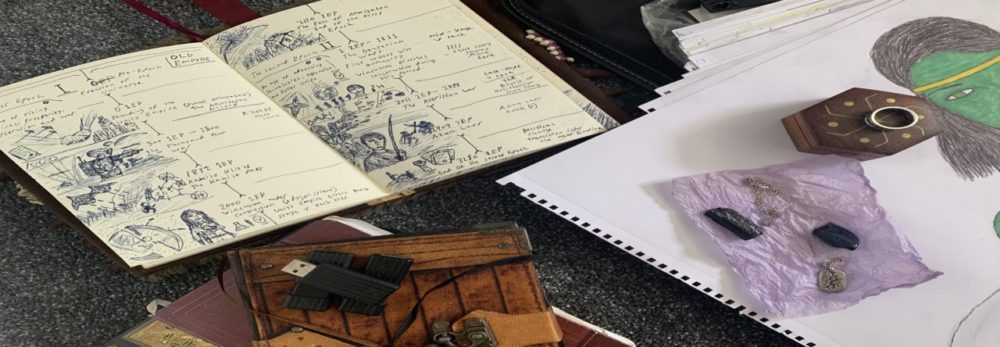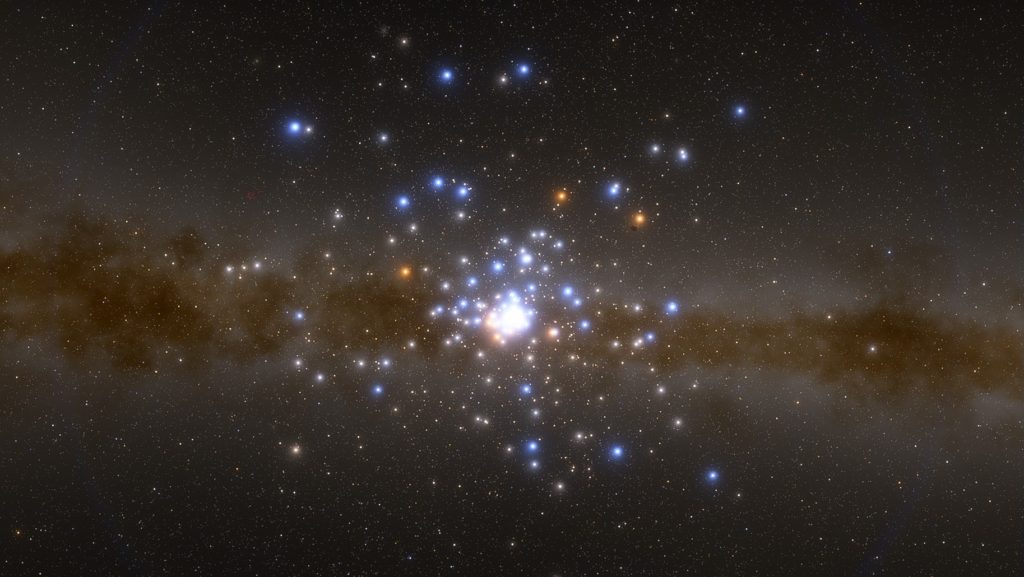
What a phrase, though it’s certainly one way to remember something, which in this case involves different types of stars. No kissing, unless you want to become Icarus and pucker your lips out…let’s just say it won’t be pretty.
Got that? Ok, let’s start.
Our universe is filled with galaxies, and what are galaxies comprised of?…stars. There are so many, so lets begin with our own; the Sun.
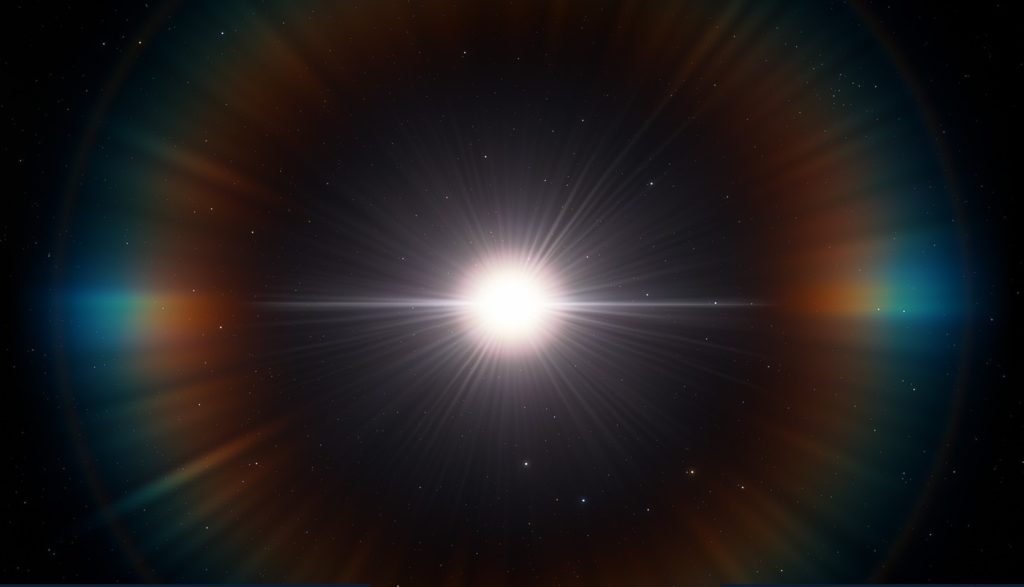
Our sun, we all know our sun, a bright light in our skies. It gives us warmth and enables our eyes to see the myriad shapes of our world, of ourselves and the other life that inhabits the Earth.
The Sun is the heart of our Solar System, it binds our world and the other celestial bodies to its gravitas. Without it, we would not exist as we are.
Then what type of star is our sun? It is a G-class main sequence star, a yellow-coloured ball of fiery plasma with a temperature of over 5000 kelvin, in celsius; that’ll be over 4000 degrees. Hot! But compared to others it’s simultaneously hotter and colder to others of its kind. It possesses a diametre of roughly 864’000 miles combined, 110 times greater than Earth, and one solar mass which is about 4.4 x 1030 Ibs. That’s 4.4 with 30 zeros, and equivalent to 330’000 Earths. Consider that the next time you raise your hand and cover this bright spot in the sky.
That’s our sun. But let us start at the beginning of our stellar classification list. O, B, A, F, G, K, M.
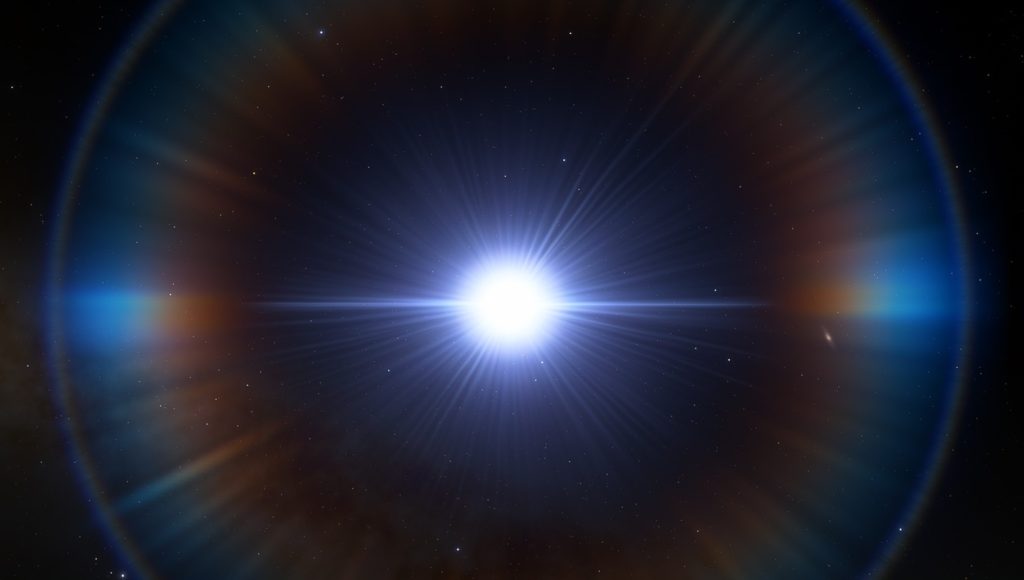
“Oh”, stands for O-class, a blue-white coloured star, the hottest and largest star of them all; except for supergiants. O-class stars are also the rarest. They can be between 30’000 and 52’000 kelvin, placing our Sun against that is a cool breeze. A pebble to when against an O-class’s mass which can be more than 16 times the Sun’s.
Their luminosity is also the most brightest, and another thing to mention is that like the different types of stars, their are varying degrees of luminosity to these stars as well. For example, our Sun is a G2V. G being the spectral class, 2 for rating the temperature, the higher this number the cooler the star (0-9). The V is to signify it’s a main-sequence star.
Here is a list of the varying differences:
Ia= Bright supergiant
Ib= Supergiant
II= Bright giant
III= Giant
IV= Subgiant
V= Main-sequence star
Unfortunately for them they have the shortest lifespan amongst them (Millions of years)
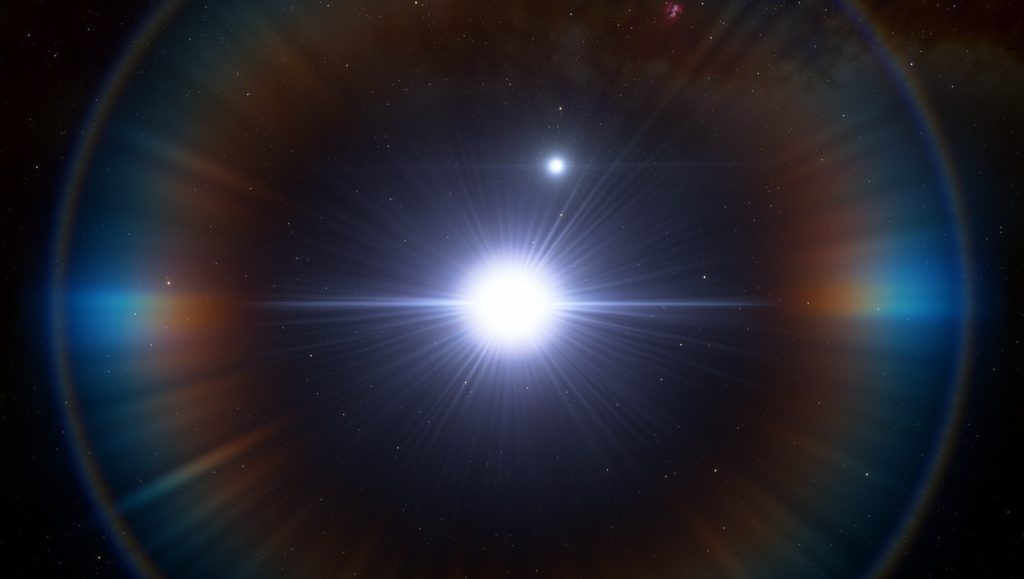
Onto our next letter in the phrase, “Be”. A B-class is extremely luminous just like an O-class and also possesses a blue composition. Their temperature range is from 10’000 to 30’000 kelvin. Masses of these stars can be between 2 to 16 times the Sun’s. Again they have shorter lifespans like O stars.

“A”…well that’s pretty self-explanatory. A-class stars are of a white-blue and they measure between 1.4 to 2.1 solar masses with temperatures ranging from 7’600 to 10’000 kelvin.
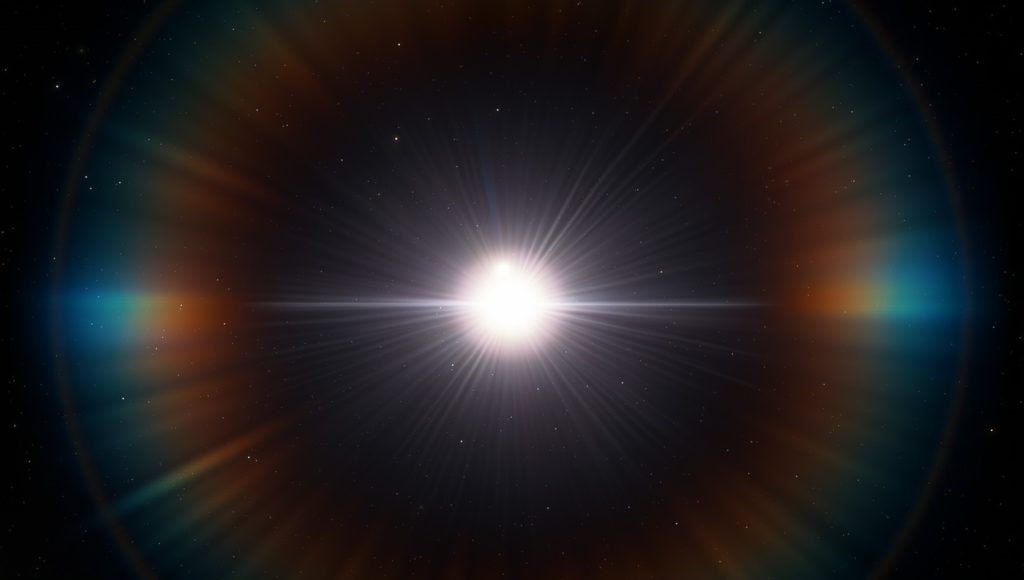
“Fine” as these sure are some fine stars, F-class stars move away from their blue-coloured brethren and are more of a whitish hue. Temperatures can scale from 6000 to 7600 kelvin. They can have a mass from 1.0 to 1.4. Life-wise they share a similar span to that of G-class star, but still shorter when compared. An F-class life-cycle can be somewhere between 2 to 4 billion years. Whereas a G-class, like our Sun, can be stable for around 10 billion years before transitioning into a Red giant.

“Girl”, and as beautiful as our Sun is, their is another nearby, her name…Alpha Centauri, the closest star system to our own (4 light-years). It is also a binary system, Alpha Centauri A and B. A is a G-class star whilst its companion is a K-class star.
The mass of G-class stars can range between 0.9 to 1.1 solar masses. 5,300 and 6,000 is its range in kelvin. They can live for billions of years, in time however as their hydrogen is exhausted they will turn into a Red giant, till they can no longer expand, they’ll then begin to burn helium, till eventually their cores degenerate so much that all nuclear reactions cease. Leaving behind a white-dwarf remnant.

“Kiss”, stands for K-class. Stars that are smaller and cooler than our Sun. Typically orange-yellow in colour. Composed of a mass that can lie between 0.6 to 0.9. With temperatures between 3,900 to 5,300 kelvin. These stars are very stable and hence gifted with a longer life-cycle (10 to 70 billion years).
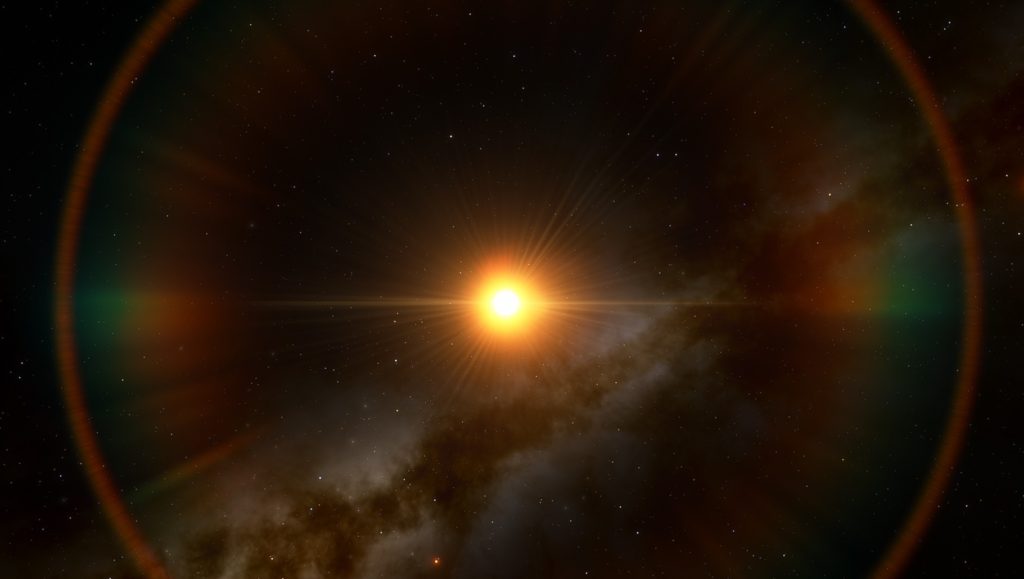
“Me”, we come to the last word in the phrase, this type of star is an M-class, typically referred to as a red dwarf and it is the most common star in our galaxy. Composed of a deep orange to reddish glow, yet they are the most dimmest to the other main-sequence stars, which makes them harder to detect. These are low-mass stars and generate fusion at a smaller scale, (2,000-3,600 kelvin) which means they can live far longer than the K-class stars, and obviously our own. They can be stable for trillions of years.
That’s the end of our stellar classification list of the main-sequence stars. Of course their are other types like; white dwarfs, neutron stars, L-class stars (brown dwarfs), T-Tauri stars, S-class stars, Carbon stars, Wolf-Rayet stars etc. So many other types! However, the main-sequence stars are what constitute to the bulk of our universe.
Thanks for reading!
Back to Home
